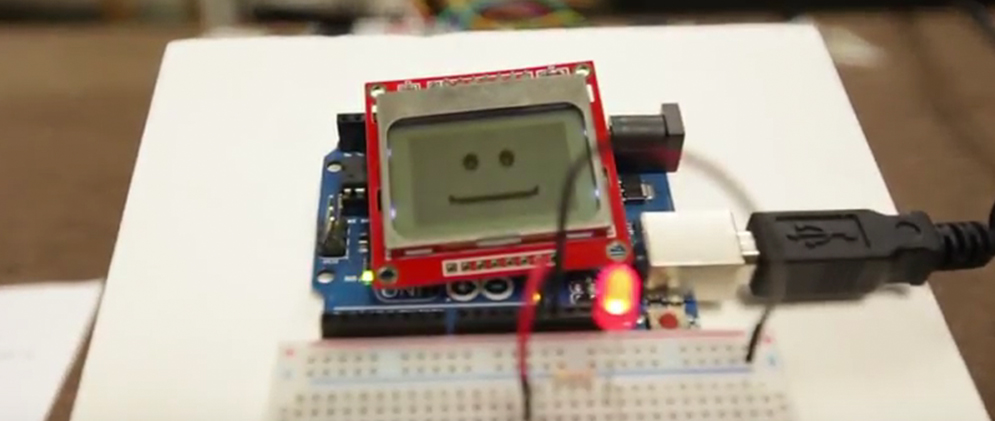Physical Media as Active Social Learning Agents
From The Theme
FUTURE OF CONTENT
WHAT IF
What if the object being created takes the role of an active social agent in the creative experience and can increase engagement for learning?

WHAT WE SET OUT TO DO
We set out to develop the theory and principles necessary to design new physical media that can take an active social role in creating highly motivating K-12 learning experiences. To explore this, we developed a laboratory experiment with 68 high school students, testing student perceptions and learning outcomes based on four types of learning agents – embedded & interested, embedded & uninterested, external & interested and external and uninterested.
WHAT WE FOUND
One of the most striking outcomes of our study was how powerful agent interest was in engaging the students in short, meaningful conversations. We also found evidence that a shift from external to embedded agents can positively influence learning processes and outcomes while not affecting perceptions of the agent. Embedding the agent can make the learning task seem less stressful.
LEARN MORE
mediaX Research Project Update, Fall 2013
mediaX Research Theme Update, Spring 2013
Watch Videos About This Project
PEOPLE BEHIND THE PROJECT
 The Late Cliff Nass was the Thomas M. Storke Professor of Communication at Stanford University and held courtesy appointments in Computer Science, Education, Law, and Sociology. He was also affiliated with the programs in Symbolic Systems and Science, Technology, and Society. Nass consulted on the design of over 250 interactive products and services for leading technology and consumer-electronics companies.
The Late Cliff Nass was the Thomas M. Storke Professor of Communication at Stanford University and held courtesy appointments in Computer Science, Education, Law, and Sociology. He was also affiliated with the programs in Symbolic Systems and Science, Technology, and Society. Nass consulted on the design of over 250 interactive products and services for leading technology and consumer-electronics companies.
 Malte Jung is an Assistant Professor in Information Science at Cornell University and the Nancy H. ’62 and Philip M. ’62 Young Sesquicentennial Faculty Fellow. His research focuses on the intersections of teamwork, technology, and emotion. The goal of his research is to inform our basic understanding of technology supported teamwork as well as to inform how we design technology to support teamwork across a wide range of settings.
Malte Jung is an Assistant Professor in Information Science at Cornell University and the Nancy H. ’62 and Philip M. ’62 Young Sesquicentennial Faculty Fellow. His research focuses on the intersections of teamwork, technology, and emotion. The goal of his research is to inform our basic understanding of technology supported teamwork as well as to inform how we design technology to support teamwork across a wide range of settings.
 Nik Martelaro is a PhD candidate in Mechanical Engineering at Stanford’s Center for Design Research. My interests primarily focus around interaction design, design methodology, product design, and human-robot interaction. I blend a background in mechanical engineering, mechatronic development, and product design methods to explore how designers and users can interact through physical product.
Nik Martelaro is a PhD candidate in Mechanical Engineering at Stanford’s Center for Design Research. My interests primarily focus around interaction design, design methodology, product design, and human-robot interaction. I blend a background in mechanical engineering, mechatronic development, and product design methods to explore how designers and users can interact through physical product.